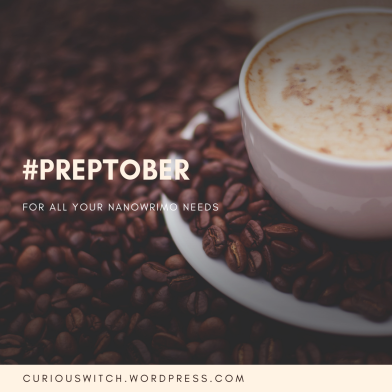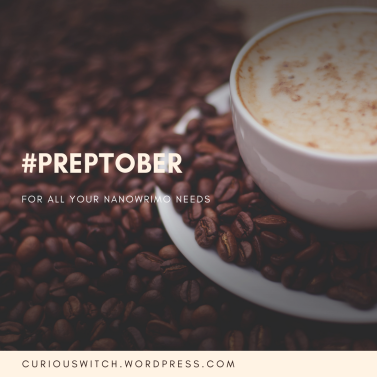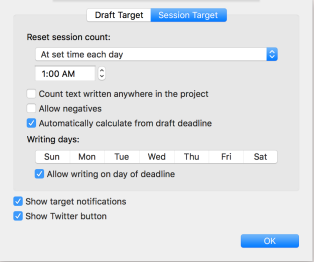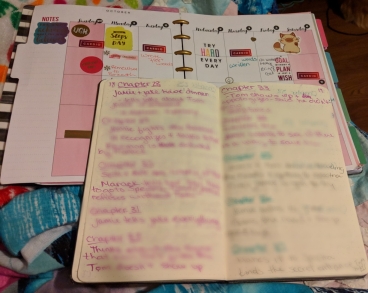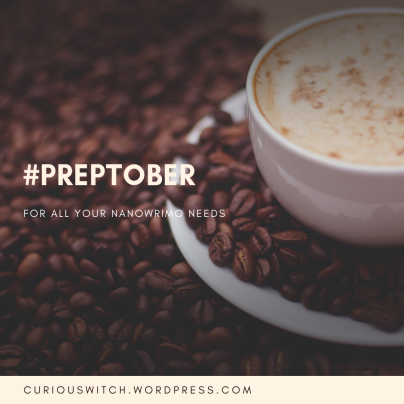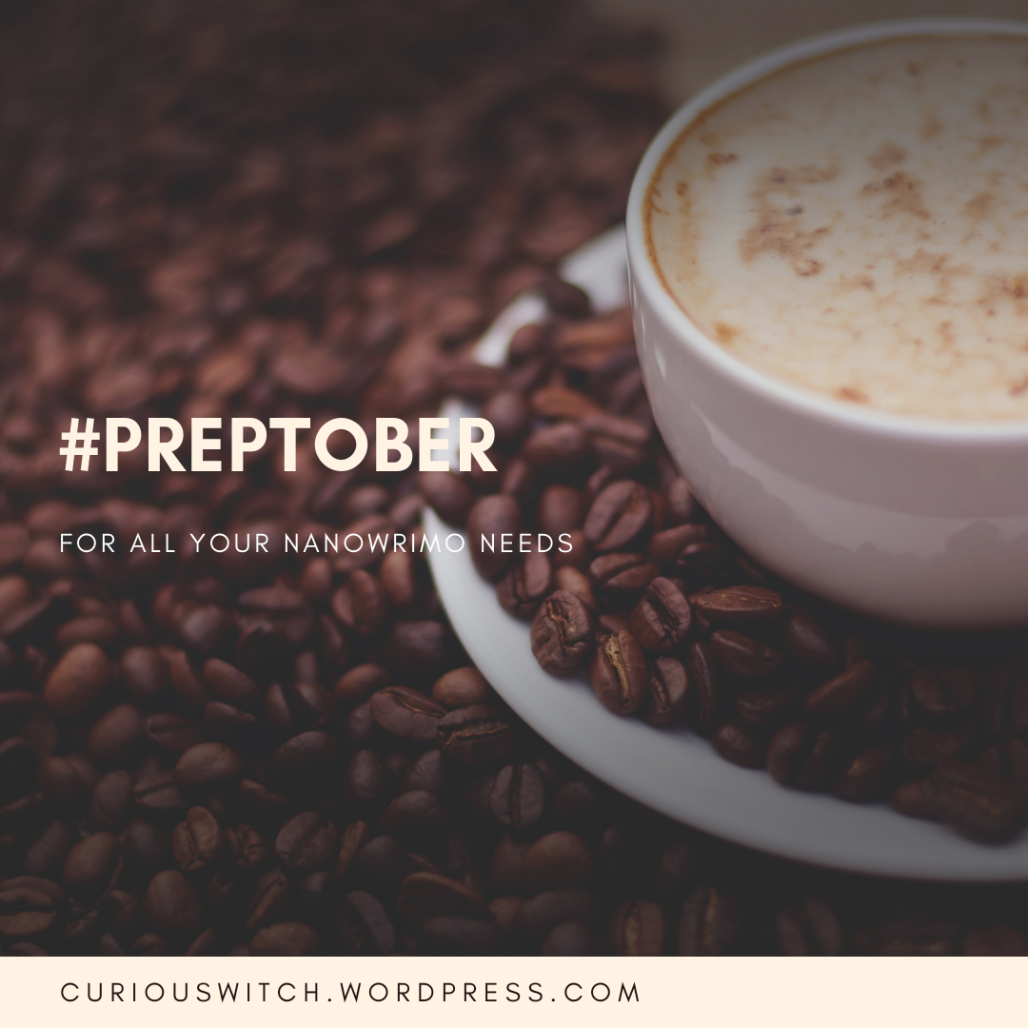In December, I made a decision to finish my book in 90 days. Why 90 days? Well during one of my many motivational hunts, I found a quote from Stephen King saying that first drafts should take no more than 90 days. Now, I had already mastered my 500 words a day. This was only taking about 10 to 20 minutes, so in order to write 150k in 90 days that would be around 1680 words a day. So like an hour of writing when you add in typing and thinking time. Easy. I can do this!
So I started on my journey, following one of my carefully created outlines, yes I have many of these and yet no finished product. I started on December 16th and wrote without an issue for about a month. And then it happened. While writing, my book went one way. I hurriedly revised my outline and continued to push on. January got a little hairy with a few missed dates…and then the unthinkable happened again. With 75k of my book typed up, I found myself at the end of the revised outline. My outline had failed me, and fears, doubt, and the dreaded writer’s block engulfed me.
As a writer, this is a moment that, if not treated well, we may not bounce back from. My writing had completely halted and instead I found myself face to face with trying to outline the ending of the book. Without knowing what came next, I didn’t know what to write. As I didn’t write, the guilt piled on, and the thought of even looking at the outline infuriated me.
So what does one do when your outline fails you? When writer’s block has crept up on you, and you find it is impossible to continue forward? The answer came to a shock to me.
A good friend of mine, Jeremiah, who has been helping coach me through this writing process, told me to take a week off. I had gone from barely writing, to writing constantly. I had done this almost flawlessly for over a month, something I wasn’t used to. My creative juices were on autopilot. I looked at my detailed outline like a cheat sheet and wrote the next scene that was listed. But taking a week off? Whenever I missed a day, I felt so guilty, found myself beating myself up. How was not writing for a week going to help? How was that going to make me feel less guilty?
Jeremiah informed me that there is a difference between feeling guilty because I’m supposed to be writing versus taking time off to re-stimulate my creativity. So as alien as taking a week off sounded to me, I embraced it.
I listened to my accountability partner and took the week off. I spent the week catching up on some of my reading, video games, and basic chores that had fallen to the side while I had been writing like a fiend.
What I found was that Jeremiah was absolutely correct. I felt less stressed, the guilt removed from my block. After a week of no writing, I found myself looking at my outline with a fresh pair of eyes. Even though I hadn’t really been thinking about my book on my week off, I was able to think up the transition scenes needed to get my book through the end.
Creativity needs to be recharged, but it’s important to still stay focused. Hopefully all of you who have shelved projects due to outline failures or writer’s block will find the next bullet points helpful in dusting off and finishing them.
HAVE AN OUTLINE DAY
When working on a long project, creativity sometimes tends to take you on a wild ride. Some writers are very well organized while some of us are more chaotic. Sometimes just having an outline isn’t enough. Choose a day each week where you spend your writing time on your outline. Review it. Think about what has happened; where your characters or plot are going. Are you still on track? You are? Great! Then it’s an easy day for you. Go back to writing if you want or grab a cookie and sit back. If not, what needs to change? Don’t wait till last minute when you no longer have an outline to help keep you going.
WHEN WRITER’S BLOCK STRIKES, TAKE A BREAK
Let your creativity have a chance to strike back. It will save you heartache and anger later in an editing stage. If you are trying to create a daily writing habit, write something else. Step away from the project. Spend the day reflecting even if it’s just writing a vignette about what you think is causing your writer’s block. These thoughtful moments will help you get back on track. But make a firm decision that you are going to take this many days off, then back to typing or else your project might find itself back on that dusty shelf.
DON’T RELY ON YOUR OUTLINE
I personally have very detailed outlines. Detailed down to the scene. As soon as I finish a scene, I know exactly what is next. Unfortunately, because I rely so heavily on my outline, I find myself in a sticky pickle when my main character decides to suddenly have a very close sister mid book. Or when she suddenly changes her love interest. Stephen King also is quoted saying just write. First drafts are first drafts. You will most likely always have to go back and do editing. If you have a looser outline, it allows for those changes in story. It also teaches you to not rely heavily an outline. I may know the major scenes, but not the little transition scenes. When you get into this situation, remember your subplots, your other characters. Focus on them and let them be your transitions.
GET AN ACCOUNTABILITY PARTNER
I could not have pulled the cobwebs from this project and dusted it off without the help of my friend, Jeremiah. Find someone who has time for you. Someone who will make you meet your daily word count and email it to them daily. They will keep you on track but also be able to tell you when you need a break. Every writer should have one.
Until next time!
